LG Best Shop - Gangseo Branch [Tax Refund Shop] (엘지베스트샵 강서점)
19.3Km 2024-04-18
431, Gonghang-daero, Gangseo-gu, Seoul
-
Hello Audrey (헬로오드리)
19.3Km 2024-02-19
12 Seogun-ro 202beon-gil, Bundang-gu, Seongnam-si, Gyeonggi-do
Hello Audrey, an Italian restaurant nestled amidst a forest garden, offers a standout premium steak set known for its tender texture. The Capesante pasta, enriched with aromatic garlic flavors, is also a popular choice among diners. After the meal, "Greenhouse," the outdoor greenhouse garden, provides an ideal setting for tea and engaging conversations. The outdoor area boasts numerous picturesque photo spots.
Himart - Gyesan Branch [Tax Refund Shop] (하이마트 계산점)
19.3Km 2024-04-16
791, Jangje-ro, Gyeyang-gu, Incheon
-
Homeplus Stores - Gyesan Branch [Tax Refund Shop] (홈플러스스토어즈 계산)
19.3Km 2024-04-23
14, Ojosangongwon-ro, Gyeyang-gu, Incheon
-
Korean Martyrs' Museum (한국천주교순교자박물관)
19.3Km 2023-01-03
6, Tojeong-ro, Mapo-gu, Seoul
+82-2-3142-4434
Korean Martyrs’ Museum was opened in October of 1967 as Jeoldusan Martyrs' Shrine, in memory of the Catholic martyrs who lost their lives during the Byeongin Persecution of 1866. The name of the museum changed to the current Korean Martyrs' Museum in August 2008. The museum displays artifacts and materials in exhibitions related to the Catholic Bishops' Conference of Korea.
Jeoldusan Martyrs' Shrine (절두산순교성지)
19.3Km 2024-03-12
6 Tojeong-ro, Mapo-gu, Seoul
+82-2-3142-4434
Jeoldusan Martyrs' Shrine is the site where many Catholic believers were executed in 1866 due to persecution. In commemoration of the 100th anniversary of the martyrdom, the Korean Catholic Church opened the Memorial Hall in October 1967, exhibiting materials, relics, and souvenirs related to the Korean Catholic Church and operating a museum. Pope Johannes Paulus II visited the site in 1984, and Mother Teresa visited in 1985.
Samdae Incheon Gejang (삼대인천게장)
19.3Km 2024-11-28
인천광역시 동구 금곡로81번길 22
Established in 1962, this restaurant has been serving gejang for nearly sixty years and is now in its third generation (“sam-dae“) of family ownership. It uses blue crabs from Yeonpyeongdo Island and traditionally crafted and aged soy sauce. The restaurant employs a low-sodium method in its ganjang gejang(Soy Sauce Marinated Crab), highlighting the dish’s savory flavors.
Suwon Hwaseong Fortress [UNESCO World Heritage] (수원 화성 [유네스코 세계유산])
19.3Km 2024-10-24
Yeonghwa-dong, Jangan-gu, Suwon-si, Gyeonggi-do
+82-31-290-3600
Suwon was one of four main regional government centers during the Joseon dynasty. Hwaseong Fortress, built to protect the city, was designated as a UNESCO World Cultural Heritage Site on December 12, 1997 for its historical value. The fortress offers various performances daily as well as the Suwon Hwaseong Cultural Festival every fall. The walls stretch for 5,700 kilometers, with Paldalsan Mountain at the center. The fortress, constructed from 1794 to 1796, was built as a display of King Jeongjo’s filial piety towards his father and to build a new pioneer city with its own economic power.
Suwon Hwaseong Cultural Festival (수원화성문화제)
19.3Km 2025-01-03
825 Jeongjo-ro, Paldal-gu, Suwon-si, Gyeonggi-do
+82-31-228-1010
Hwaseong Fortress, a UNESCO World Heritage Site, hosts the Suwon Hwaseong Cultural Festival every autumn. The festival’s main event is the “King Jeongjo’s Royal Parade,” a reenactment of King Jeongjo’s procession to pay respects to his father Crown Prince Sado’s tomb. This spectacular event features over 4,000 participants in traditional Joseon-era costumes marching along a 59km route. The “King Jeongjo’s Dasobangwa” program, offering a taste of royal court cuisine served for the Banquet of Lady Hyegyeong-Gung Hong, is especially popular among international tourists. Additionally, the festival includes fortress-building experiences, night tours, and various reenactment events and performances, all linked to Hwaseong Fortress, Suwon.
◎Hwaseong Fortress, Suwon
This planned city was built by King Jeongjo during the Joseon Dynasty. It is considered a pinnacle of Korean fortress culture, incorporating the advanced technologies of its time.
Deungchon Kalguksu Beoseot Maeuntang (등촌칼국수버섯매운탕)
19.4Km 2021-03-27
68, Hwagok-ro 64-gil, Gangseo-gu, Seoul
+82-2-3661-2744
This place is known for generous servings and healthy meals. This Korean dishes restaurant is located in Gangseo-gu, Seoul. The representative menu is noodle soup.
![LG Best Shop - Gangseo Branch [Tax Refund Shop] (엘지베스트샵 강서점)](http://tong.visitkorea.or.kr/cms/resource/94/2880094_image2_1.jpg)
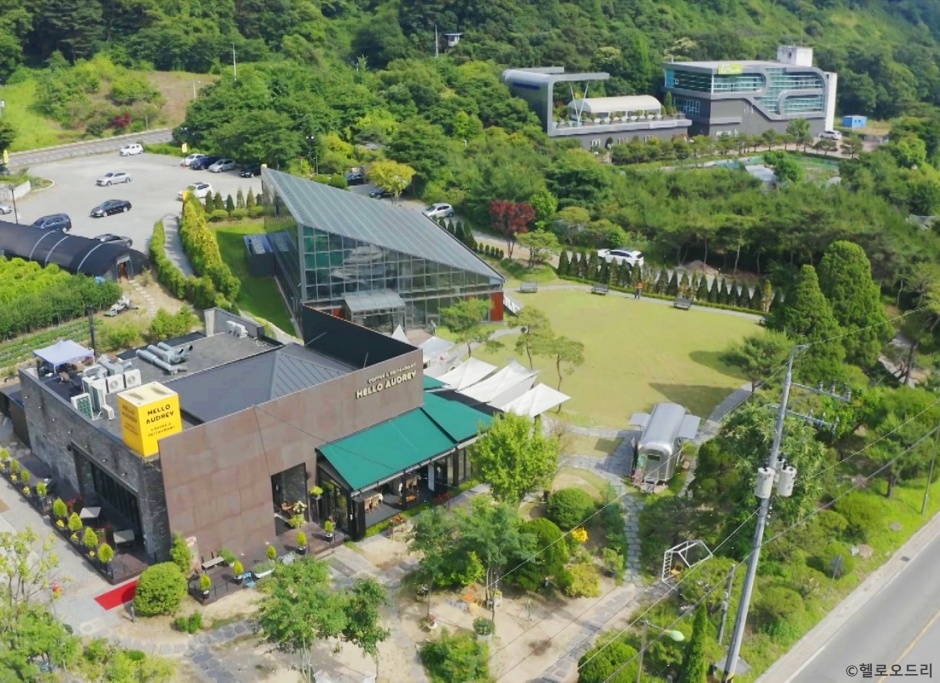
![Himart - Gyesan Branch [Tax Refund Shop] (하이마트 계산점)](http://tong.visitkorea.or.kr/cms/resource/04/2882404_image2_1.jpg)
![Homeplus Stores - Gyesan Branch [Tax Refund Shop] (홈플러스스토어즈 계산)](http://tong.visitkorea.or.kr/cms/resource/06/2882406_image2_1.jpg)
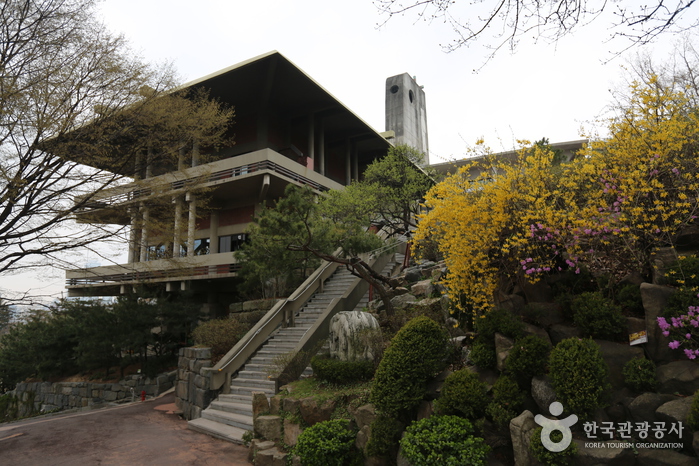
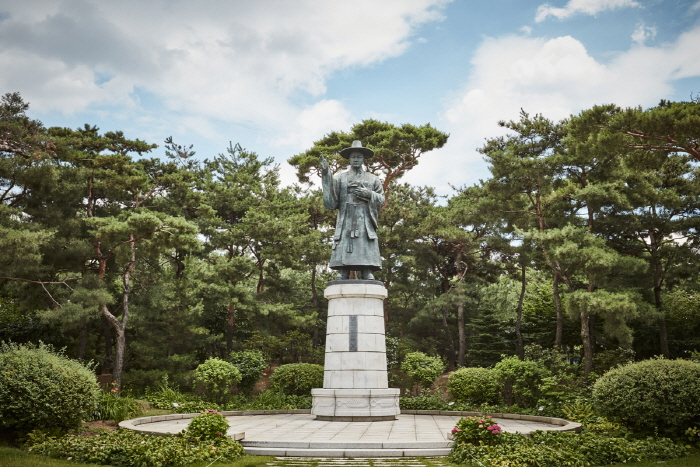
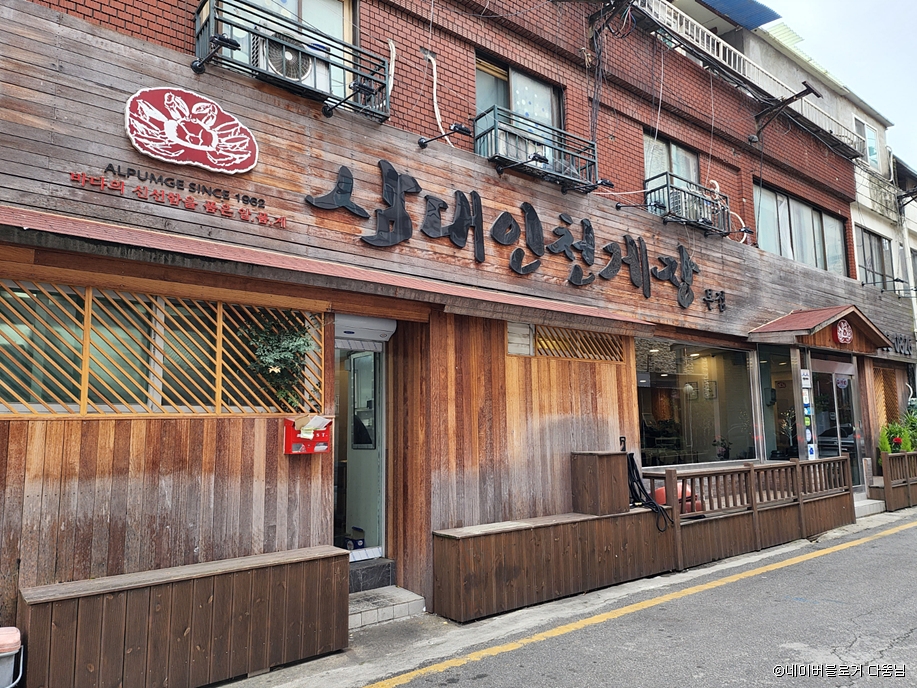
![Suwon Hwaseong Fortress [UNESCO World Heritage] (수원 화성 [유네스코 세계유산])](http://tong.visitkorea.or.kr/cms/resource/36/2613036_image2_1.jpg)
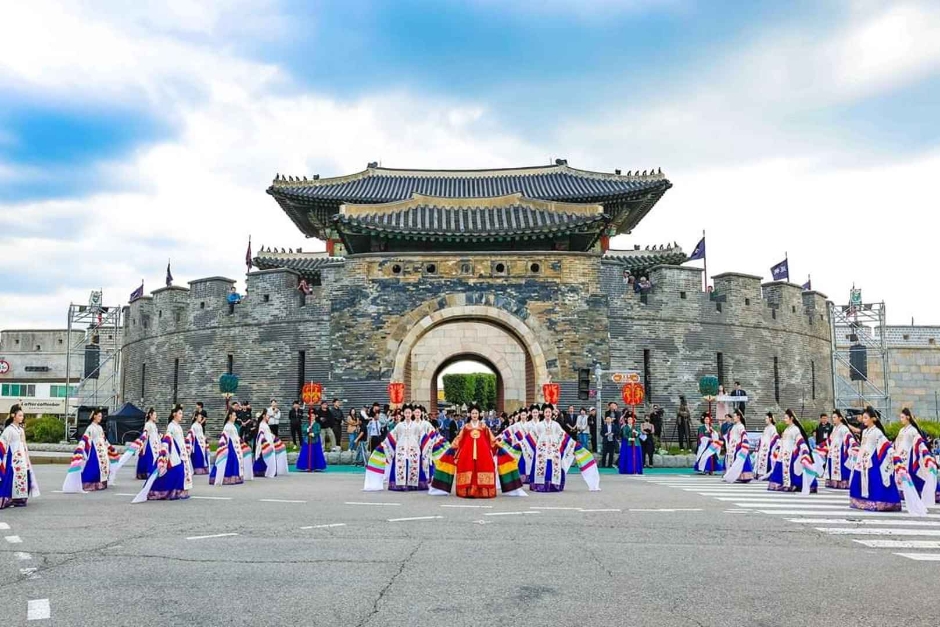
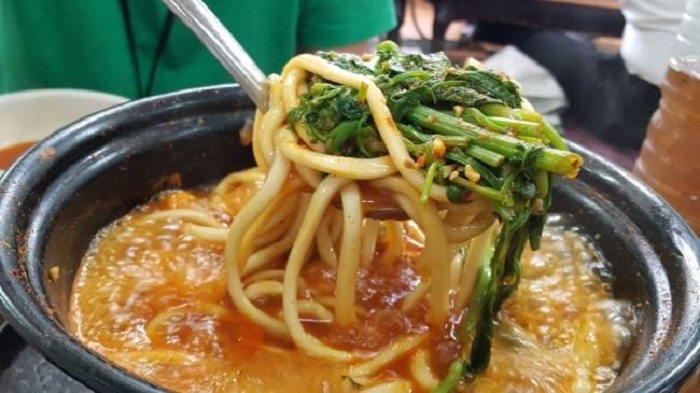
 English
English
 한국어
한국어 日本語
日本語 中文(简体)
中文(简体) Deutsch
Deutsch Français
Français Español
Español Русский
Русский